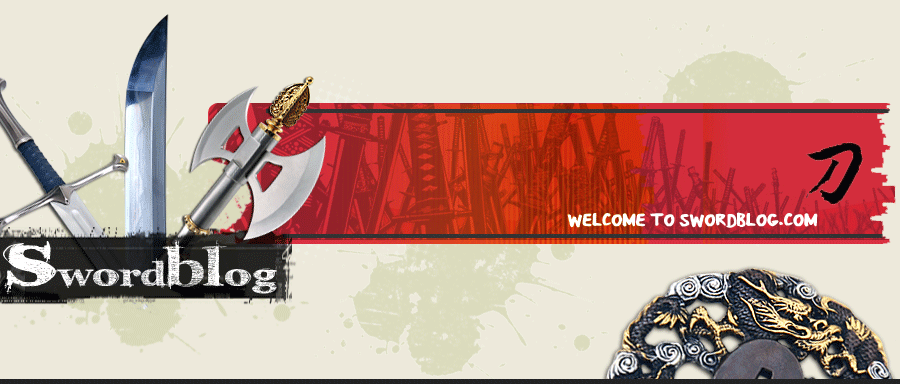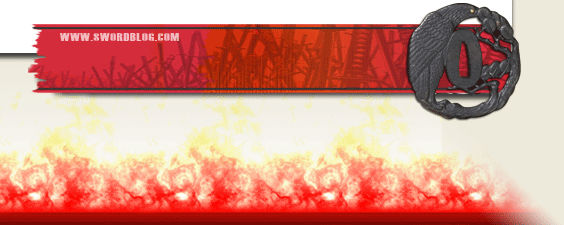Jakeonthekob
Geometry of a Katana
by
on 01-19-2011 at 10:24 PM (78836 Views)
What I have come to realize, is that it takes a very skilled hand to be able to sharpen and properly form the geometry of a katana's edge. http://swordforum.com/swords/nihonto/americanized.html This site has a picture towards the middle which shows proper katana geometry and different edge geometries as well. As elegant as the edge might be, I'd say it is among the most difficult edges to refine by hand. I may post a video later on my sharpening and polishing a katana, but it really is physically, mentally, and time consuming. I have found that I sometimes tend to have a flatter ji then make the ha more rounded. Through many hours and trial and error, I think I am finally starting to get the hang of it, though it takes patience and skilled hands (which aren't exactly easy to come by =P). Creating an even shallow curve (depending on how much niku the sword has) is hard to attain. However, for now I'll stick to explaining the basics of a katana's geometry.
As some may note, the traditional katana's edge is not nearly as sharp as a blade with a concave (hollow) edge is, or a completely flat chisel edge. However, the reason for this is simple: strength. However much one may wish to have a sword with the sharpest edge, that does not mean that it is the most optimal. The "appleseed" geometry which characterizes katana and other japanese blades comes from the fact that is is an instrument of war and killing. Therefore it needed to be as strong as possible, yet sharp, and in order to be able to handle the stresses of cutting dense objects such as flesh and bone (or in our case today, tatami and bamboo) these two factors are seen in katana today. Also, the difference in how a blade with "appleseed" geometry vs a blade with a secondary bevel for example tracks through a target is completely different.
http://www.toyamaryu.org/edge_geometry.htm explains how the different edges will track through different targets.
The added mass of metal along the entirety of the blade created the effect of strengthening the edge from chipping as well as helping to maintain a sharp edge through use. Of course, the technique of clay quenching strengthens the edge even further by forming martensite crystals along the edge and pearlite crystals along the mune to create a harmony of extreme hardness and suppleness, whereby we see the results as a hamon.
There may be people who say that the Japanese blade is a superior piece of metallurgy and honored artistic endeavor highly regarded by many, but these are the basics of what make katana, katana. I'm not saying that Japanese blades are superior to other styles of blades, I am just mentioning the basic details of what defines the japanese sword. Hope this was informative, and I hope to post a video on sharpening katana with stones. Till next time!





 Email Blog Entry
Email Blog Entry




